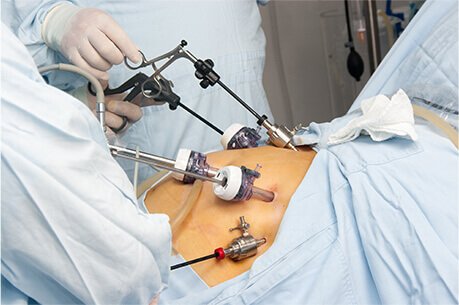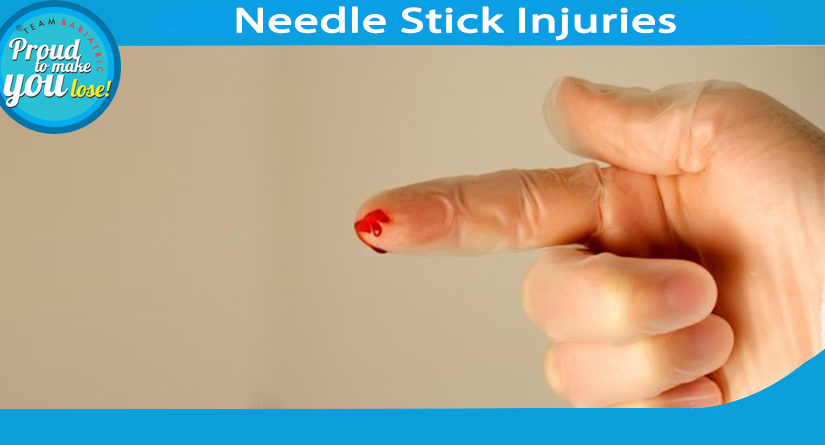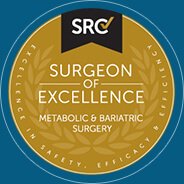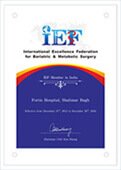Understanding and Preventing Needle Stick Injuries: Essential Safety Measures
On a December weekend, I was eagerly waiting in the ER to do my first Nursing procedure, when a boy came in pain and I was asked to draw his blood samples. Excited, I held the syringe with the needle, positioned his arm, and cleaned it with spirit, in went the needle, and out came the blood, in the first shot. However, as I was thrilled, I noticed blood inside my latex glove and felt sore. I had inadvertently sustained a needle stick injury in right hand finger.
Needle stick injuries are wounds caused by needles that accidentally puncture the skin. These injuries are a hazard for people who work with hypodermic syringes and other needle equipment. These injuries can occur at any time when people use, disassemble, or dispose of needles.
Needle stick injuries are increasingly being encountered in site of many safeguards in place. This has resulted in the emergence of iatrogenic hepatitis and HIV cases. According to WHO, 2% of HIV infections are because of unsafe injections with 96,000 people being infected with HIV every year.
- According to Centre for Disease Control and Prevention (CDC), 3,85,000 or more sharps-related injuries occur in US hospitals annually, i.e. 1000 per day It is estimated that more than 20 types of bugs are transmitted from needle injuries. Some of these injuries lead to severe and fatal infections such as hepatitis B, hepatitis C, or HIV.
National Institute for Health and Care Excellence (NICE) recommends :
- Safe use and disposal of sharps. Handling should be minimum of sharps and should not be passed directly from hand to hand.
- Used needles must not be bent or broken before disposal and must not be recapped.
- Sharp containers must be located in a safe position that avoids spillage.
- Sharp containers must be disposed of when the fill line is reached.
- Sharp containers must be temporarily closed when not in use.
- Report all needle stick and other sharps-related injuries.
Steps to be taken following Needle stick injuries
- Wash wound with soap and water Flush out mouth, nose, or skin with water
- Do not suck or squeeze the wound
- Report the incident to the supervisor
- Immediately seek medical treatment at the ER
It is important not only for healthcare professionals but for all of us who are involved with caring our loved ones. Do take care while you are tending to small wounds, dressings, or giving injections at home, please wear gloves and take precautions.
Also Read: Understanding the Causes of Obesity in Children and Adolescents






